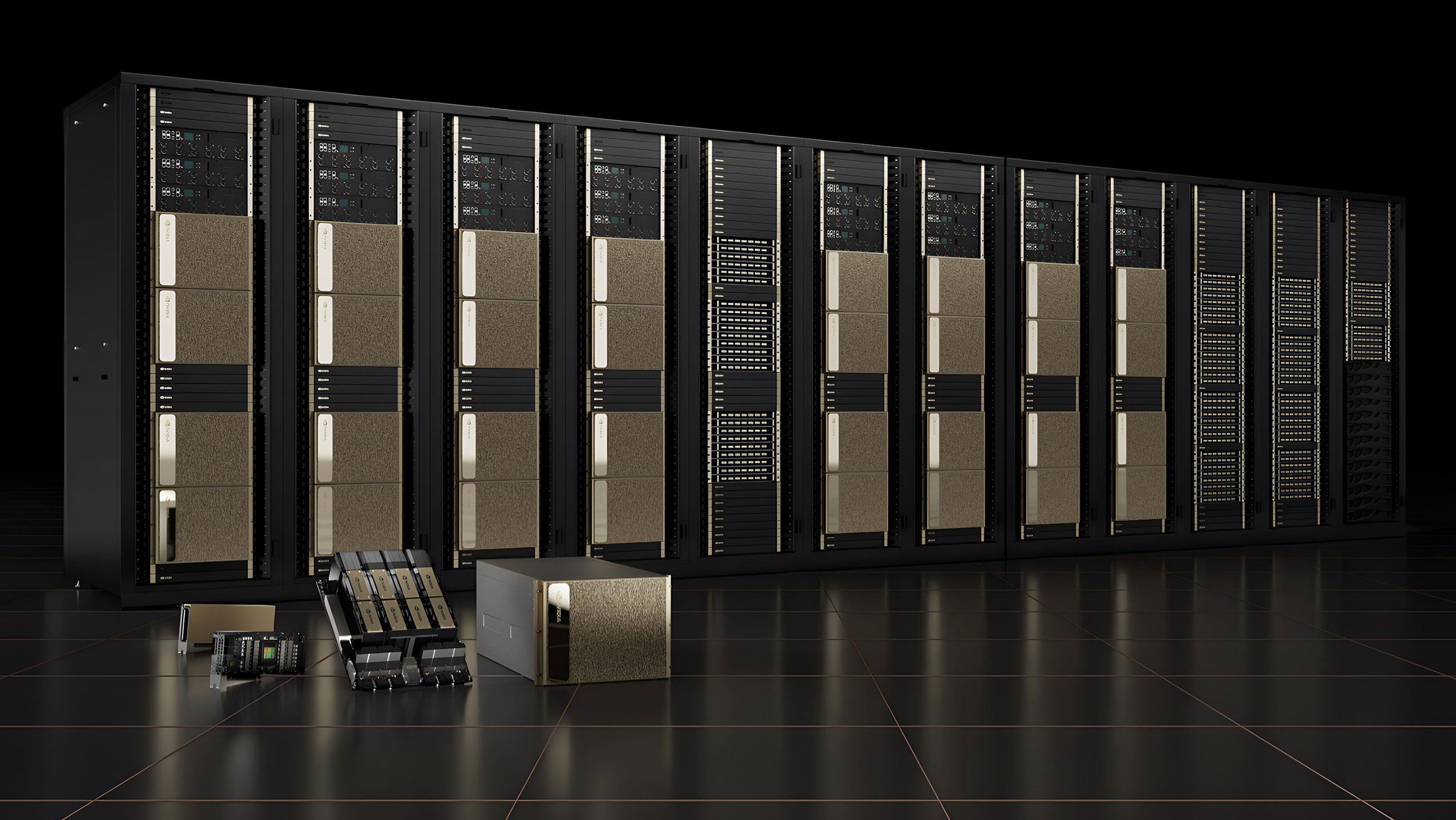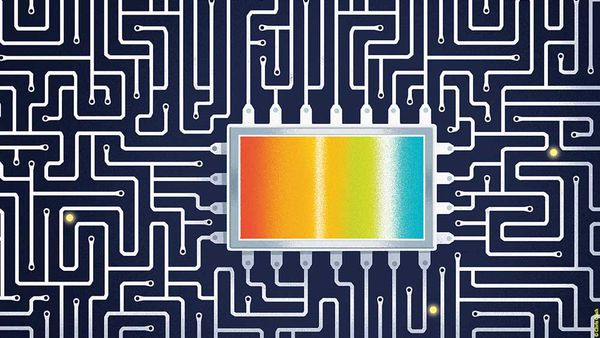
Over the past few years, we have seen a lot of AI-market-related metrics, starting from petaflops of performance and going all the way up to gigawatts of power consumption. A rather unexpected metric is perhaps the one from Morgan Stanley (via @Jukanlosreve) that counts the wafer consumption of AI processors. There are no surprises, though: Nvidia controls the lion's share of wafers designated for AI and is set to increase its domination in 2025 as it chews through up to 77% of the world's supply of wafers destined for AI applications.
While Nvidia is operating at an unprecedented scale and continues ramping up production dramatically, AMD's share of AI wafer usage will actually decline next year. The figures also cover other industry heavyweights like AWS, Google, Tesla, Microsoft, and Chinese vendors.
Morgan Stanley’s analysis is the best in the industry. It’s data you won’t find anywhere else… pic.twitter.com/FhGwaf2Ux6February 8, 2025
If you expand the above tweet, you can see that Morgan Stanley predicts that Nvidia will dominate AI semiconductor wafer consumption in 2025, increasing its share from 51% in 2024 to 77% in 2025 while consuming 535,000 300-mm wafers.
AI-specific processors, such as Google TPU v6 and AWS Trainium, are gaining traction but remain far behind Nvidia's GPUs. As such, AWS's share is set to fall from 10% to 7%, while Google's share is projected to fall from 19% to 10%. Google allocates 85,000 wafers to TPU v6, while AWS dedicates 30,000 to Trainium 2 and 16,000 to Trainium 3, according to Morgan Stanley's projections.
As for AMD, its share is expected to drop from 9% to 3% as its MI300, MI325, and MI355 GPUs — the company's main offerings — have wafer allocations ranging from 5,000 to 25,000 wafers. Notably, this doesn't mean that AMD will consume fewer wafers next year, just that its percentage of the overall share will decline.
Intel's Gaudi 3 processors (named Habana in the graph) will remain around 1%.
Tesla, Microsoft, and Chinese vendors hold minimal shares. This may not be a problem, though. Tesla's Dojo and FSD processors have limited wafer demand, which reflects their niche role in AI computing. Microsoft's Maia 200 and its enhanced version have similarly small wafer allocations because these chips remain secondary for the company as it continues to use Nvidia's GPUs for training and inference.
What the published graph does not indicate is whether Nvidia's dominance stems from the massive demand expected in 2025 or the fact that the company booked more TSMC logic and TSMC CoWoS capacity than everyone else.
The total AI market is projected to reach 688,000 wafers, and the estimated value is said to be $14.57 billion. This projection could be an underestimation, though. TSMC earned $64.93 billion in 2024, and 51% (over $32 billion) of it came from segments that the foundry calls high-performance computing (HPC). Technically, HPC includes everything from AI GPUs to processors for client PCs (smartphones are another category, and it accounted for 35% of TSMC's revenue in 2024) to game consoles. However, AI GPUs and data center CPUs account for a lion's share of that HPC revenue of $32 billion.
The largest contributor to the growth of the wafers consumed by AI processors is Nvidia's B200 GPU, which is expected to require 220,000 wafers, generating $5.84 billion in revenue, according to Morgan Stanley projections. Other Nvidia GPUs for AI, including the H100, H200, and B300, add to its dominance. All of these products use TSMC's 4nm-class process technologies, and their compute die sizes range from 814 mm^2 to 850 mm^2, which explains the vast wafer demand.










